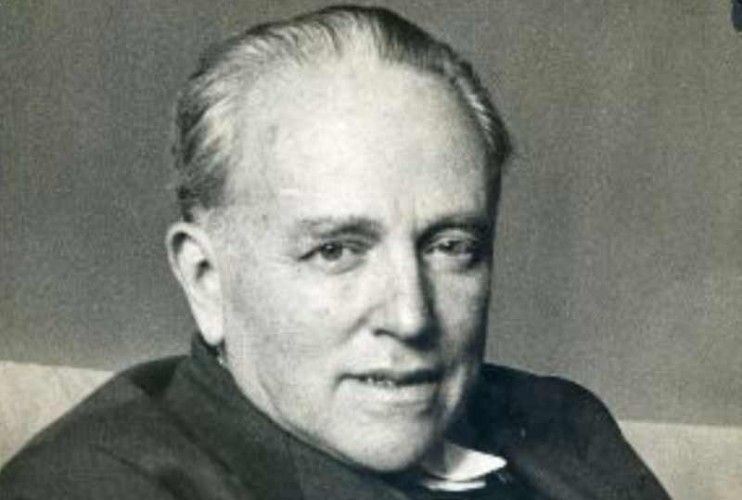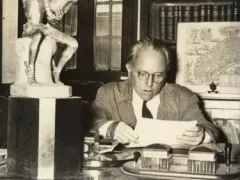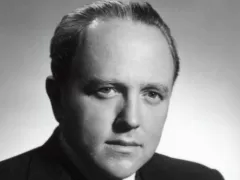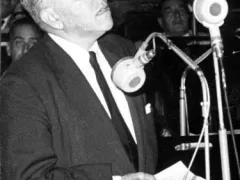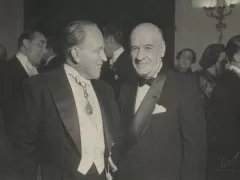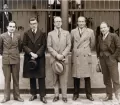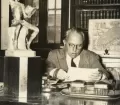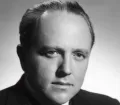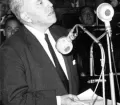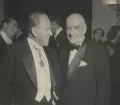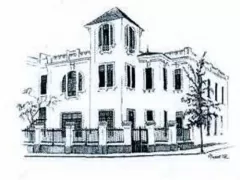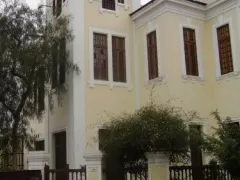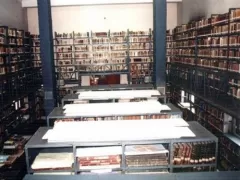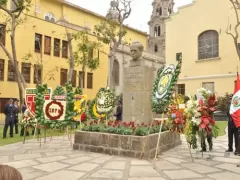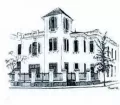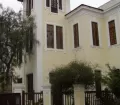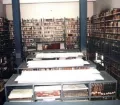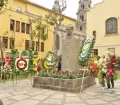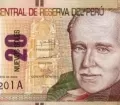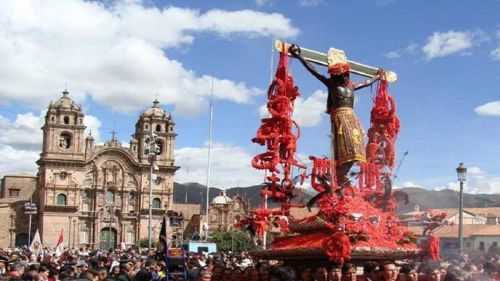Raúl Porras Barrenechea was a famous Peruvian lawyer, professor, historian, writer, diplomat and politician. For his valuable researches he was honored twice (1945 and 1956) with the 'Inca Garcilaso de la Vega Prize' in history. With his innovative views on history and literature he brought Peruvian aspects to an international level and inspired the cultural live of a whole generation. His preferred historical era was the time of the conquerors.
Porras was born on the 23rd of March 1897 in Pisco, as the son of Guillermo Porras Osores and Juana Barrenechea Raygada. He went to the 'San José de Cluny' school and the 'La Recoleta' college in Lima. In 1912 he enrolled at the 'University Mayor de San Marcos, studying literature and law. In 1922 he graduated as doctor in law and 1928 in literature.
Still studying Raúl Porras Barrenechea worked at the Ministry of Foreign Affairs as an assistant and later as a librarian in the 'Archivo de Limites' (an archive that contains most valuable chronicles, demarcation acts, plans, maps, treaties, agreements and other important documents concerning the Peruvian territory). In 1926 Porras was appointed as assessor of the delegation accredited before the plebiscite commission of Tacna and Arica. From 1926 to 1931 he worked as the director of the 'Archivo de Limites' and from 1930 to 1931 as director for the 'Departmento de Limites'.
Later Raúl Porras Barrenechea was in charge of the Peruvian Representation before the Society of Nations (1936 to 1938) and of the Peruvian Embassy in Madrid (1948 to 1949). As a well-known liberal and controversial politician he was appointed as a senator for Lima in the Congress of the Republic in 1956 and in 1957 as the President of the Upper House. He reached the zenith of his political and diplomatic career in 1959 when he was appointment as Minister of Foreign Affairs. Due to ideological discrepancies with the government of Manuel Prado, Porras had to resign in 1960. On the 27th of September 1960 he died at the age of 63 years.
Raúl Porras Barrenechea was a temperamental but absolute honest person and loved his country deeply. He wasn't married, had no children and dedicated his life to research, teaching history, literature and writing. He taught Peruvian history at secondary schools, the Catholic University in Lima and was professor of Spanish Literature at the faculty of literature of the 'University Mayor of San Marcos'. He was director of the 'Institute of History of the University Mayor of San Marcos', President of the first International Congress of Peruvian people, member of the Peruvian Academy of Language, member of the Peruvian Historic Institute and member of the Geographic Society of Lima.
For his valuable researches he was honored twice (1945 and 1956) with the 'Inca Garcilaso de la Vega Prize' in history. Porrases house in Miraflores (Calle Colina corner Calle Alfonso Ugarte), where he spent most of his life and worked on his memorable speeches and publications, was declared a historical monument in October 1980. Therefore the building still holds all his artworks, furniture, paintings, sculptures, photos, research works, notes, memories and personal objects.
With his innovative views on history and literature he brought Peruvian aspects to an international level and inspired the cultural live of a whole generation. His preferred historical era was the time of the conquerors with a particular interest in Francisco Pizarro. Porras dedicated him more than two decades of research. He also eagerly studied the chronicles of the 16th and 17th centuries. He published countless articles in newspapers and magazines. One of Raúl Porras Barrenechea most notable contributions to the national history and the Peruvians is the open minded use and research of chronicles for the knowledge of history.
To honor this great Peruvian historian, the image of Raul Porras Barrenechea can be found on the Peruvian S/. 20 banknote.


